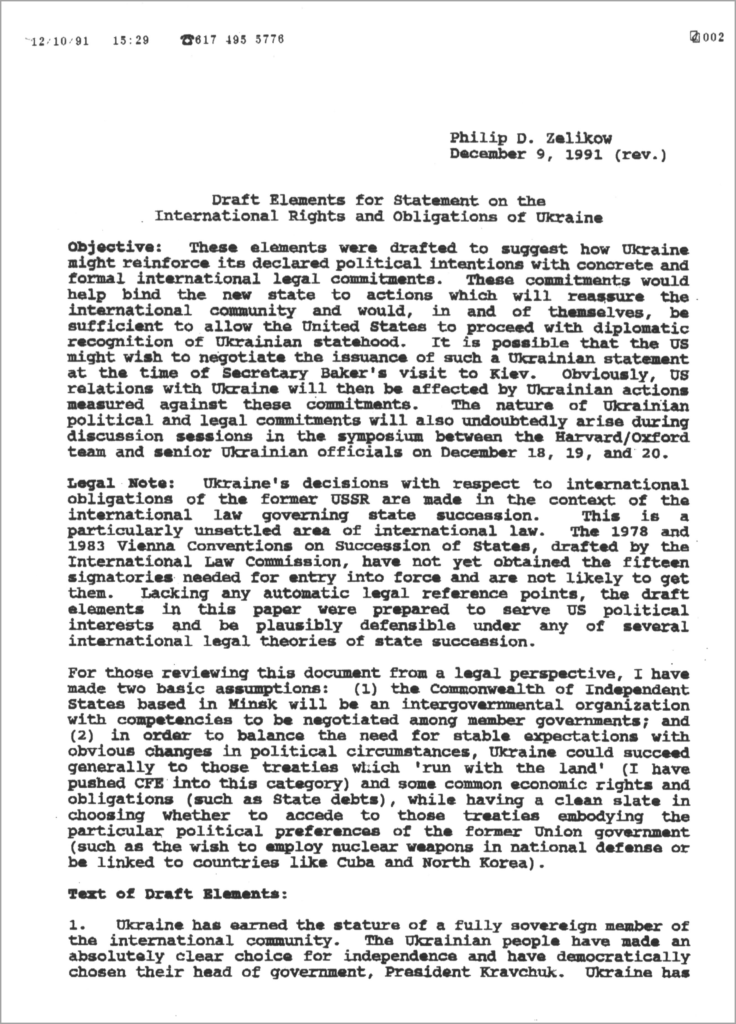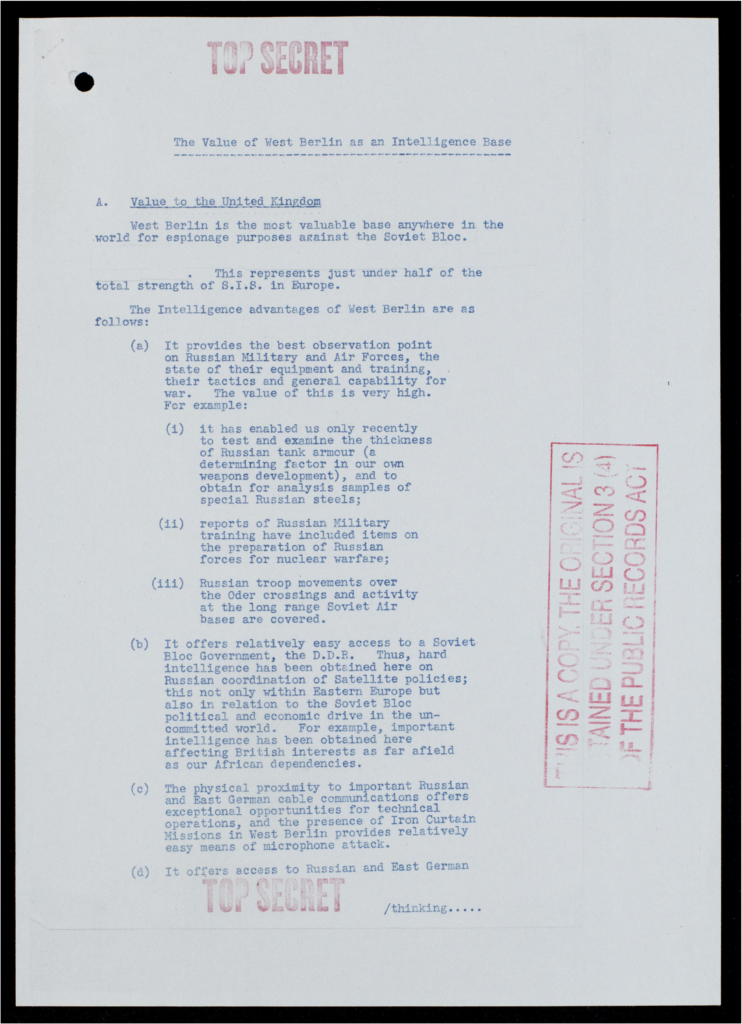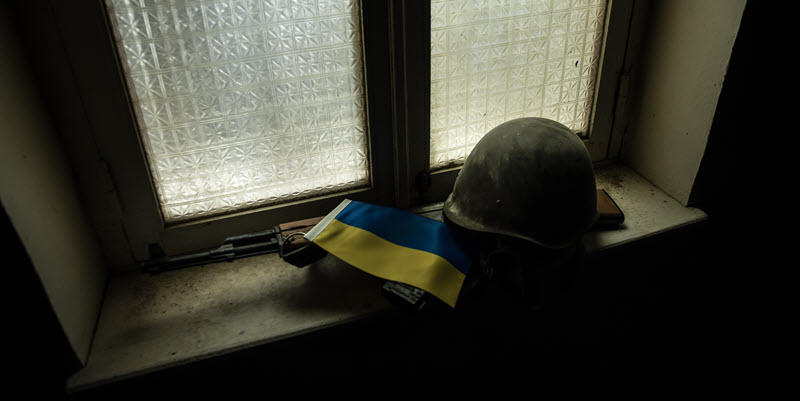| By Gale Staff |
From a contemporary Western perspective, it’s easy to take for granted our democracy and basic freedoms, since for most Americans our current form of government is all we’ve ever known. But what happens when your democracy is threatened in its infancy—just 31 years after your country manages to break away from the grip of what was formerly known as the Soviet Union? The spirit and the tenacity of Ukrainians continues to persist despite overwhelming odds is a familiar, relatable narrative to American students because, in a parallel universe, their struggle for freedom feels like ours. Yet this is where the similarity ends and the questions begin for many university students. They’re tasked to look beyond secondary sources opining on current events and follow the trail of documentation left behind to answer them.
How old is Ukraine? Unlike our democracy, the Ukrainian government is young, and the history of its relationship with Russia can be traced back several thousand years. The emergence of Ukraine can be traced to medieval Kievan Rus (circa 880 CE) and the early Slavic expansion in Europe, where it established a unique geographic and political position, along with its importance relative to the rest of Europe. Access to the Black Sea, bordered by Ukraine, made it an enviable trade route then, and now, supporting Russian President Vladimir Putin’s desire to reach these open waters and the warm-water ports in the Mediterranean. For centuries, Slavic territories exerted their dominance over Ukraine, namely the Russian and Austro-Hungarian empires, Poland, and Lithuania.
When did Ukraine become a democracy? Since 1991 Ukraine has realized its independence from the Soviet Union and the grip of communism, as acknowledged in documents laying out the terms of U.S. recognition of an independent Ukraine, released by the White House. For the first time, the Ukrainian government enjoyed a peaceful transfer of power through free and fair democratic elections.

Council John A. Gordon Files. Archives Unbound. link.gale.com/apps/doc/SC5113937433/GDSC?u=gale&sid=bookmarkGDSC&xid=473da6f3&pg=6.
When did the Russia-Ukraine conflict start? Fighting between Ukrainian forces and pro-Russian groups began in 2014 in Donetsk and Luhansk. Europeans have unsuccessfully tried to negotiate a settlement with Russia. For Putin, the lesson came in resisting these talks, which keeps the NATO expansion into Ukraine effectively off the table. It also supports ideas of fortifying Russian borders against Western expansion by blocking the United States’ ability to stockpile nuclear weapons in these neighboring countries.
Has Ukraine been an independent state before? Yes. Fast-forward to the 1917 Revolution and the first Ukrainian bid for independence. Through revolution and the fall of the Russian Empire, the Bolsheviks established the Russian Soviet Republic, eventually giving rise to the Soviet Union, or the Union of Soviet Socialist Republics, under the specter of Communism. In 1917, the Ukrainian People’s Republic remained at odds with this identity, and emerged from its own civil war to become an independent state. In 1922 Russia once again gained control over the national government in Kiev to establish the Ukrainian Soviet Socialist Republic, which became part of the Soviet Union.
What does NATO have to do with it? Some scholars see negotiations between former Russian President Mikhail Gorbachev and George H. W. Bush regarding the expansion of the North Atlantic Treaty Organization (NATO) as the starting point for the conflict. Over the past 30 years, many European countries have joined the NATO alliance to integrate with the West and extricate themselves from Moscow’s influence. Putin recognized this expansion to be a threat to his shrinking sphere of influence and plans for Soviet expansion. When Georgia and Ukraine applied for membership, Russia advanced into Georgia in an act of aggression that successfully stopped both countrys’ attempts to join the Western alliance. One of former President Barack Obama’s greatest challenges entering office in 2008 would be Russian relations, as documented by the National Archives.

Are the Ukrainians Nazis? As Russian President Vladimir Putin sees it, the Ukrainian fight for independence began with the German occupation of Ukraine during World War II. During this time, some Ukrainian people identified Germany and the Nazis as being instrumental in their liberation from Russia and became willing to support their cause. Putin exploited this association to justify a Russian invasion, portraying any attempt by the Ukrainian government at asserting sovereignty as part of the Nazi movement—a narrative that scholars identify as a blatant attempt to subvert history and influence public opinion in support of the current conflict.
Primary Sources Offer Greater Historical Context
As the Russia-Ukraine conflict progresses, students of history are increasingly challenged by the events in Ukraine, as they see millions of citizens fleeing on foot and towns reduced to rubble. While stories of a brave, resolute, outmanned, outgunned military operation spill over the airwaves, students are left questioning why.
These questions present great teaching moments for educators. Using a curriculum featuring primary source documents, teachers can help guide students as they make important connections in the classroom through lesson plans requiring meaningful analysis using Gale contemporary databases. Each includes access to numerous primary sources supported by modern browsers common to the classroom, including Chrome, Safari, Firefox, Microsoft Edge, and Internet Explorer 11, designed to fit into any lesson plan.
According to Graeme Robertson, a UNC-Chapel Hill professor of political science, “The debate over how to remember this wartime history, as well as its implications for Ukrainian nationalism and independence, is key to understanding the current conflict.”1 Gale databases offer teachers opportunities to create robust lesson plans around the Russia-Ukraine conflict through the eyes of those who experienced it firsthand, using unique, reliable primary sources, including top-secret documents from the UK discussing the value of Berlin as an intelligence base.

Gale Primary Resources Help Students See the Conflict through a Different Lens
It’s one thing to draw on existing research to write historical analysis, and another to support it with interpretation based on primary sources in the classroom. Using Gale databases as their guide, teachers can open up a new world of ideas and understanding regarding the war through lesson plans and activities centered on primary resources valuable for university-level studies—and easily accessible through a local campus library. These databases offer teaching opportunities and insights through primary resources on related topics, including perspectives on the Russian invasion; the communist world; McCarthyism and the Red Scare; the fall of the Berlin Wall as captured in a West German press conference; the history of the European Union and its relationships with Russia, Ukraine, Crimea, and others; the advent of the Cold War; and more.
- U.S. Declassified Documents Online is an online library of numerous source documents and activities related to real moments in American history, including the Cold War period to show how the U.S. State Department and other organizations analyzed Soviet expansionism in Eastern Europe during that era. The database offers students a seat at the table with those who were there through a collection of classified documents, memorandums, speeches, and more. See history lessons come alive through the eyes of those who were there, including presidents, cabinet members, chiefs of staff, and foreign diplomats, with once-classified information. They help give a deeper historical context to U.S. history and American foreign policy and how it shaped events such as the end of World War II, breakup of the Soviet Union, Putin’s reaction to Crimea’s and Ukraine’s requests for NATO membership, and more. The curated collection represents upward of 700K pages of primary source materials spanning 1900–2008. Researchers in foreign policy, public policy, international law and security, modern history, military history, area studies, and journalism will benefit from its modern interface to easily locate and analyze source documents, including records and periodicals from many agencies and libraries.
- Declassified Documents Online: Twentieth-Century British Intelligence presents perspective on the Cold War era through source documents to help students give context on the events unfolding in contemporary world history. The collection reflects Britain’s activities centered around their control of vast regions of the world at the beginning of the twentieth century. It’s a compilation of information gathered, processed, and analyzed over the span of two world wars, the end of the Cold War, and the fragile peace that followed, including documented British concerns over Soviet attacks on the UK. It represents the work and activities of a vast network of agencies and government departments collecting and funneling intelligence back to Whitehall and the central machinery of government. The depth and breadth of the collection serves as a comprehensive historical record of the twentieth century, made accessible to researchers in one digitized collection. Students get access to previously classified documents highlighting British intelligence operations, decolonization, and global policy and strategy, as well as a window into international politics and diplomacy, to help guide them in their research.
- The main content in Archives Unbound: International Relations serves up world history from 500 unique, engaging collections supporting scholarly research, including information and activities related to Ukrainian independence since 1991 as a result of the collapse of the USSR. Numerous collections offer students a glimpse into diplomatic history, global foreign affairs, activists and activism, war and conflict, colonialism, and more. Researchers can study the Campaign for Nuclear Disarmament; commercial and trade relations between Tsarist Russia, the Soviet Union, and the United States; White House meetings captured at the Moscow Summit and the dissolution of the USSR; the origins of the Cold War, and more, in the early twentieth century.
1. Cengel, Katya, “The 20th-Century History Behind Russia’s Invasion of Ukraine,” Smithsonian Magazine, March 4, 2022.

